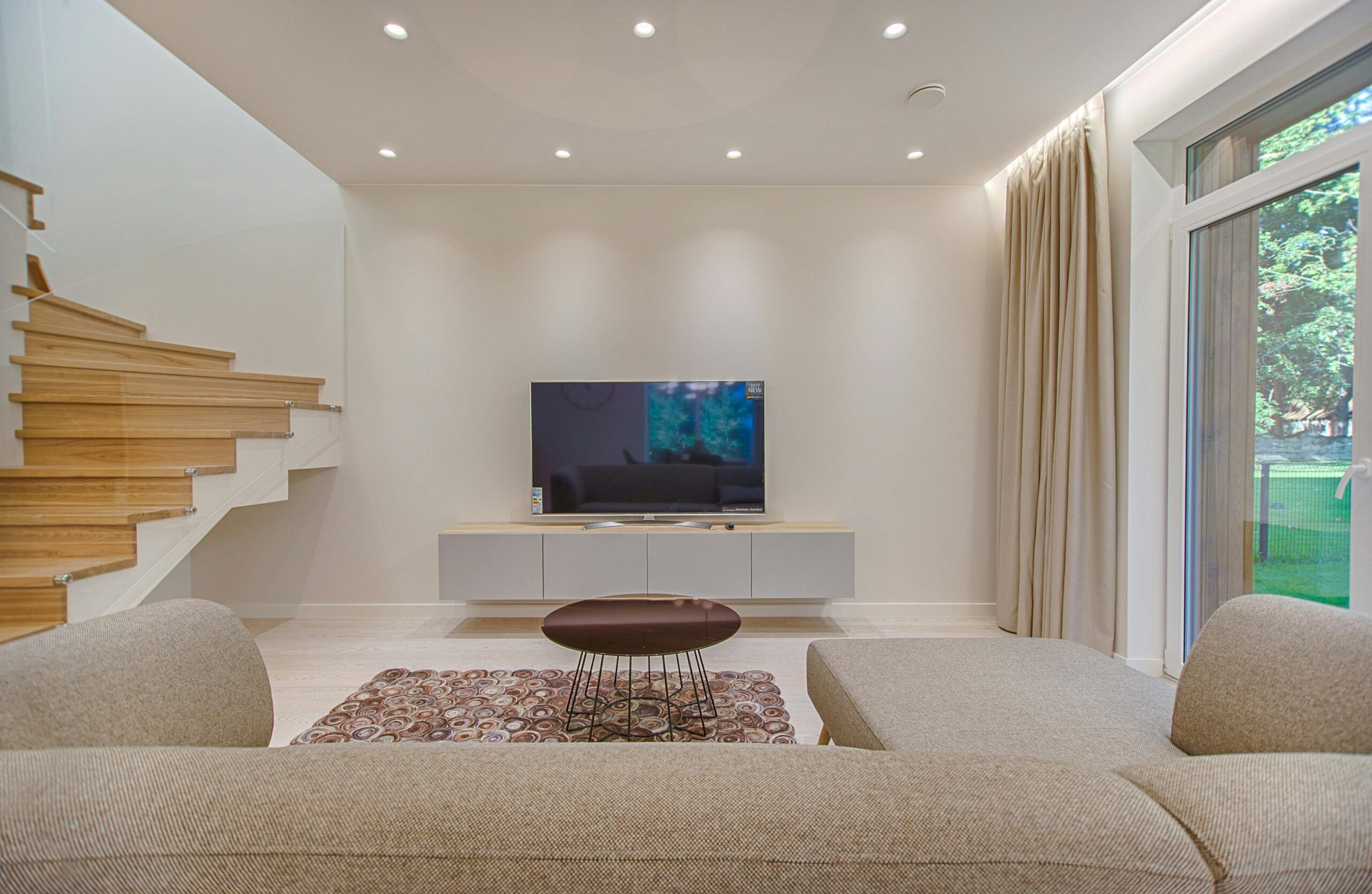Looking to refresh your living space and stay ahead of the curve in the world of interior design? Look no further! In this comprehensive guide, we’ll delve into the top interior design trends poised to dominate homes in the new year.
From cozy and comforting design elements to sleek and minimalist aesthetics, there’s something for every taste and style preference. So whether you’re planning a full-scale renovation or simply want to update your decor, read on to discover the hottest trends that will transform your home into a stylish sanctuary.
1. Biophilic Design
Biophilic design, which emphasizes the connection between humans and nature, continues to gain popularity in interior design circles. With an increasing focus on sustainability and environmental consciousness, homeowners are incorporating natural elements such as wood, stone, and plants into their living spaces.
From indoor gardens and living walls to natural materials and earthy color palettes, biophilic design brings the beauty of the outdoors inside, creating a sense of serenity and harmony in the home.
2. Warm and Earthy Color Palettes
Say goodbye to cool grays and stark whites—warm and earthy color palettes are making a comeback in interior design. From rich terracotta and deep olive green to warm rust and sandy beige, these cozy hues evoke a sense of comfort and tranquility, perfect for creating a welcoming and inviting atmosphere in any room.
Pair these warm tones with natural materials like wood and stone for a timeless yet contemporary look that’s sure to stand the test of time.
3. Multifunctional Spaces
Multifunctional spaces are becoming increasingly essential in interior design. With many homeowners embracing remote work and flexible lifestyles, the need for versatile living spaces that can adapt to changing needs has never been greater.
From convertible furniture and modular storage solutions to flexible layouts and adaptable room dividers, multifunctional design allows for seamless transitions between work, leisure, and relaxation, maximizing space and functionality in the home.
4. Vintage and Retro-Inspired Decor
Nostalgia reigns supreme in interior design trends for the new year, with vintage and retro-inspired decor making a stylish comeback. From mid-century modern furniture and bold geometric patterns to kitschy accents and eclectic accessories, retro-inspired design adds character and personality to any space. Mix and match vintage finds with contemporary pieces for a curated look that’s both timeless and on-trend.
5. Sustainable and Eco-Friendly Design
With growing awareness of environmental issues and a desire to reduce carbon footprints, sustainability is a top priority in interior design. From eco-friendly materials and energy-efficient appliances to upcycled furniture and low-VOC paints, homeowners are increasingly embracing sustainable and eco-friendly design principles.
By incorporating environmentally conscious choices into their homes, individuals can create spaces that are not only stylish and functional but also mindful of the planet.
Conclusion
As we look ahead to the new year, the world of interior design is filled with exciting possibilities and endless inspiration. Whether you’re drawn to the warmth of earthy color palettes, the timeless charm of vintage decor, or the sustainable ethos of eco-friendly design, there’s a trend to suit every style and sensibility.
By embracing the top interior design trends for the new year, you can transform your home into a sanctuary that reflects your personality, values, and lifestyle, ensuring that it remains stylish and relevant for years to come.
Frequently Asked Questions (FAQs)
1. How can I incorporate biophilic design into my home?
To incorporate biophilic design into your home, start by introducing natural elements such as wood, stone, and plants. Create indoor gardens or living walls, and choose furniture made from sustainable materials. Opt for earthy color palettes inspired by nature, and maximize natural light and views of the outdoors. By embracing biophilic design principles, you can create a calming and rejuvenating environment that promotes health and well-being.
2. What are some examples of warm and earthy color palettes?
Warm and earthy color palettes include shades such as terracotta, olive green, rust, and sandy beige. These cozy hues evoke a sense of comfort and warmth, perfect for creating a welcoming atmosphere in any room. Pair these colors with natural materials like wood and stone for a harmonious and inviting look that’s both timeless and on-trend.
3. How can I create a multifunctional space in my home?
To create a multifunctional space in your home, start by assessing your needs and priorities. Consider how you use the space and what activities you need it to accommodate. Invest in convertible furniture, such as sleeper sofas or folding tables, that can easily transition between different functions. Use modular storage solutions to maximize space and flexibility, and consider flexible layouts that allow for easy reconfiguration. With thoughtful planning and creative solutions, you can transform any room into a versatile and adaptable space that meets your ever-changing needs.
4. Where can I find vintage and retro-inspired decor?
Vintage and retro-inspired decor can be found at antique shops, flea markets, and thrift stores, as well as online marketplaces like Etsy and Chairish. Look for mid-century modern furniture, bold geometric patterns, and quirky accessories that add character and personality to your space. Mix and match vintage finds with contemporary pieces for a curated look that’s uniquely yours.
5. How can I incorporate sustainable design principles into my home?
To incorporate sustainable design principles into your home, start by choosing environmentally friendly materials and products. Look for furniture made from sustainable wood or bamboo, and opt for energy-efficient appliances and fixtures. Use low VOC paints and finishes to reduce indoor air pollution, and consider upcycling or repurposing old furniture and accessories. By making conscious choices that prioritize sustainability, you can create a home that’s not only stylish and functional but also environmentally responsible.



